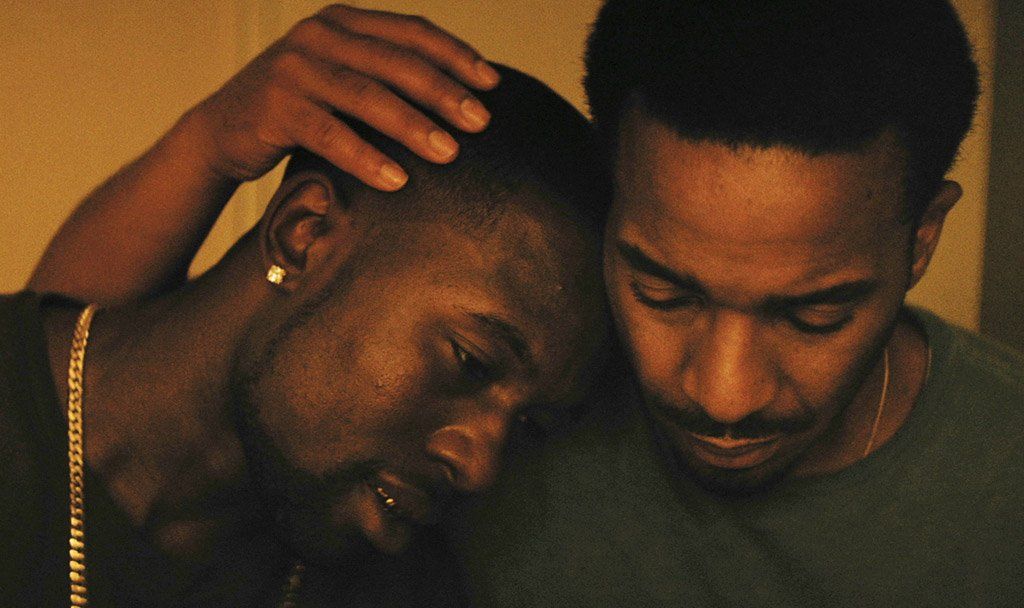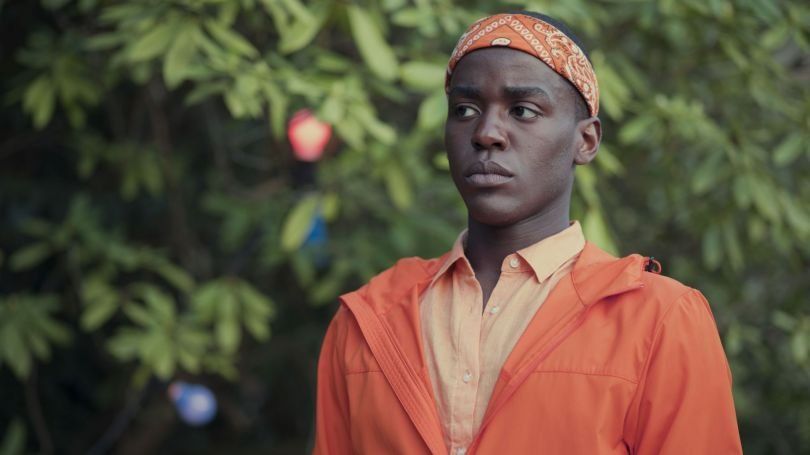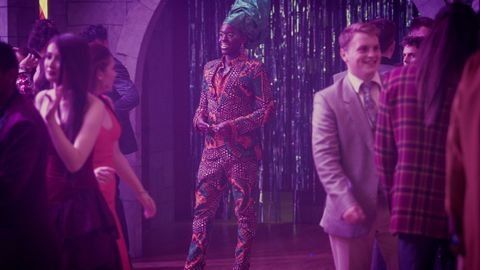-
"Whiteness shapes the discourse of queer visibility even when the constitutive role of whiteness is often left out of accounts describing crucial moments in the history of gender visibility." - Kohnen, 2015. Queer Representation, Visibility, and Race in American Film and TV
-
"The closet-as-screen appears as a blank surface - a white screen upon which queer images are projected. In the moment of projection, we focus our attention on the images, forgetting that it is the blank, white screen that makes these projections possible."
-
Kohnen's metaphor of the closet-as-screen is particularly effective at drawing out a crucial but rarely remarked upon facet of queer visibility in media and culture: that queer visibility is tied up with whiteness.
-
Despite the foundational role of LGBTQ+ people of colour in queer history such as their central role in the Stonewall Riots, LGBTQ+ representation in film and television tends towards white LGBTQ+ people and their experiences.
-
The central character, Chiron, is both gay and black and, as significant as that it extratextually and emotionally for the character, the film doesn't focus on Chiron's blackness. It's incidental to the story that the film is telling about Chiron's queerness.
-
Yes, Eric's blackness impacts on his discovery of himself and his family's attitudes. But for Eric as a character his blackness is not a personality trait. It's part of who he is - a significant part - but his emotional journey is not predicated on his blackness.
-
I'm wary of making Moonlight and Sex Education seem exceptional since that risks falling into "[t]he pattern of willful forgetting" that Kohnen identifies as part of the discourse of queer visibility. There have been, I'm sure, meaningful black queer characters before.
-
It's also significant that Eric's journey is not about 'coming out' as traditionally defined. Eric is out as gay from the start of the narrative. Eric's journey is about exploring the nature of his queerness and his forms of self-expression.


